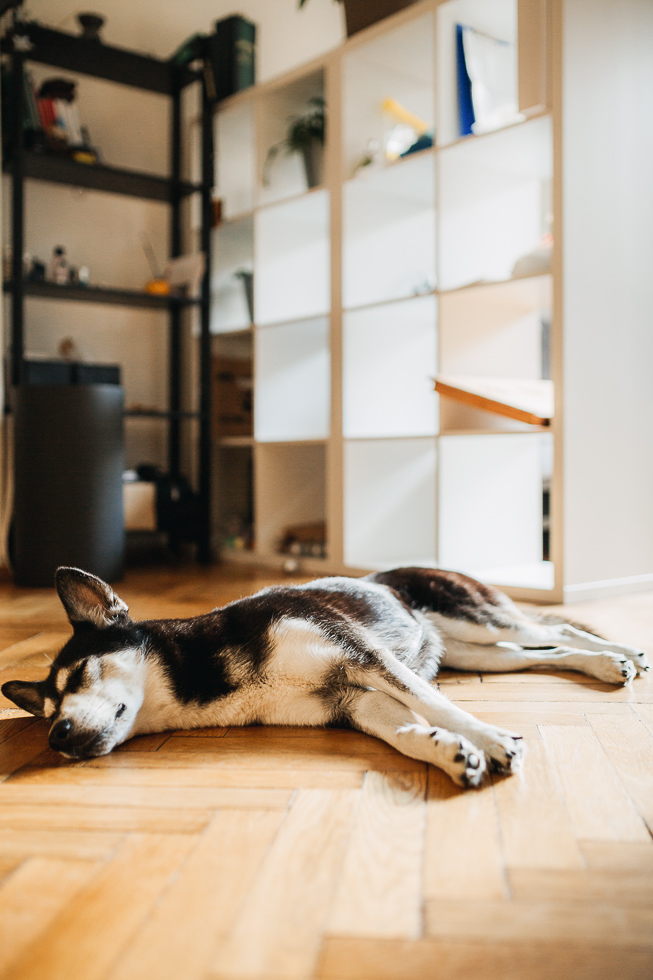The use of essential oil diffusers for aromatherapy is something that a growing number of people are embracing, as evidenced by the ever-growing number of different choices available when shopping for these devices, as well as the number of different essential oils blends available to use in them. But while diffusing oil in the right quantities is considered harmless for adults, what about kids? Specifically are essential oil diffusers and babies a safe, or effective combination? That’s what we are going to take a closer look at now.
What Are Essential Oils Used For Anyway?
In adults, their fans utilize essential oils for a variety of purposes besides stress relief, the most common usage. Essential oils are also used to boost mood and energy levels, reduce anxiety, relieve some forms of pain, strengthen immunity and fight infections, promote better digestion, and encourage faster and sounder sleep.
None of these benefits are considered scientifically proven – although there is a growing body of research on adults that backs some of it up – but many of those who make use of oil diffusion for aromatherapy on a regular basis will attest to their effectiveness.
How Might Essential Oils Help Babies?
When parents consider ‘combining’ essential oil diffusers and babies it’s often as a way to help them sleep. Getting a baby to sleep is, as most parents will attest, often one of the biggest daily challenges parents face, and, tired and frustrated themselves, anything that might help often sounds like a good idea.

Young couple with baby
However, when it comes to essential oils and babies, experts, even experts who are usually all in favor of trying essential oil aromatherapy to help with a variety of things, urge caution.
For starters, they agree that making use of essential oil diffusers at all around infants under the age of six months old is a big no. Using essential oils in close proximity to infants, especially newborns, can put them at risk for negative health repercussions, especially when it comes to their still developing respiratory systems and sensitive skin.
Can an essential oil like lavender – which has been used as a relaxing soporific for centuries – help a baby sleep? Maybe. Once they are older than six months, some aromatherapy experts feel that the occasional use of an essential oil diffuser in the nursery for a short time at bedtime – around 30 minutes – may be beneficial.
They often advise making use of an ultrasonic version of an oil diffuser over other options, as these do not dispense potentially irritating vapors directly into the air. It’s also crucial that parents refrain from adding essential oils directly to a baby’s skin, as doing so may cause painful skin irritation, even if a carrier oil is used.
Using Your Essential Oils Around Your Baby
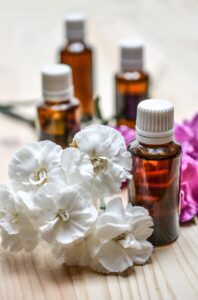 Some people have been making use of essential oils for various reasons for years before becoming parents, so should they stop once a baby arrives? Ideally, for the most part, until a child is at least two, experts advise erring on the side of caution. They run the risk of absorbing essential oils into their bodies, which can be detrimental if they come into contact with them due to their young, thin skin.
Some people have been making use of essential oils for various reasons for years before becoming parents, so should they stop once a baby arrives? Ideally, for the most part, until a child is at least two, experts advise erring on the side of caution. They run the risk of absorbing essential oils into their bodies, which can be detrimental if they come into contact with them due to their young, thin skin.
If you must use essential oils topically, wait until your infant is at least three months old and allow the oils at least 15 minutes to thoroughly sink into your skin before touching them. Consult with the physician or other healthcare professional caring for your child if you have any additional questions about essential oils and your baby.
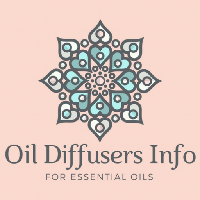

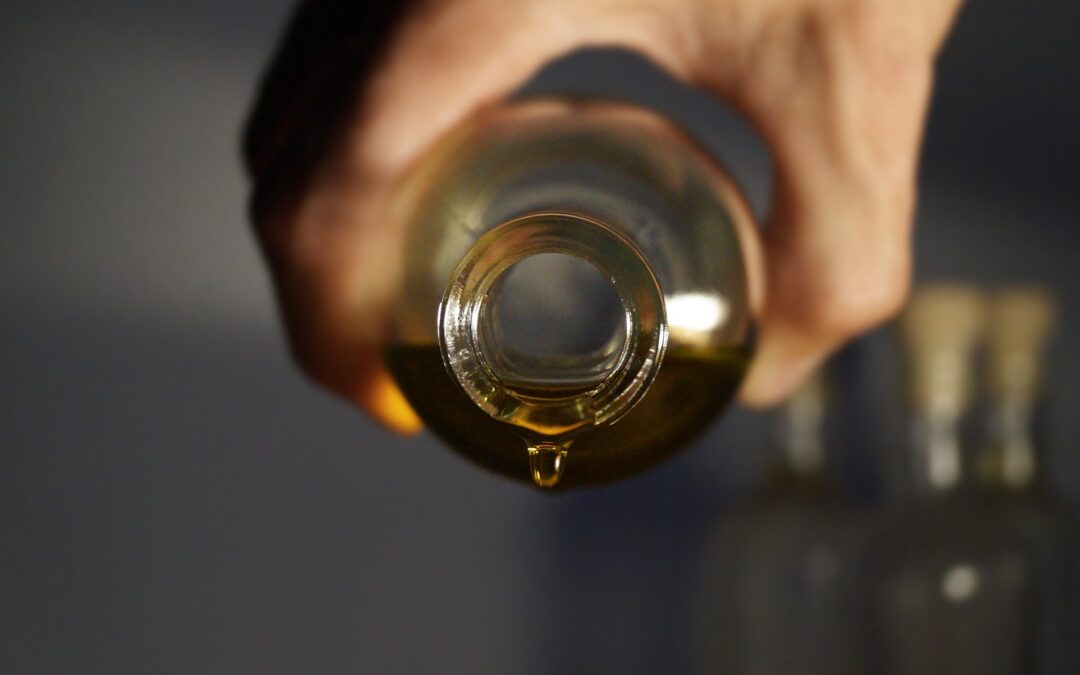
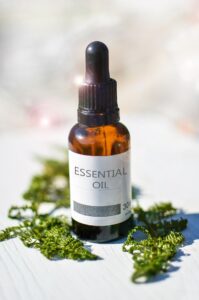 You don’t want to use too much fragrance in a single area. If inhaled, any fragrant product, including essential oils, can irritate the respiratory system. Instead of a dousing of fragrance, you want to go for a faint hint. When it comes to making use of essential oils released into the air for aromatherapy purposes, moderation really is the key to success.
You don’t want to use too much fragrance in a single area. If inhaled, any fragrant product, including essential oils, can irritate the respiratory system. Instead of a dousing of fragrance, you want to go for a faint hint. When it comes to making use of essential oils released into the air for aromatherapy purposes, moderation really is the key to success.


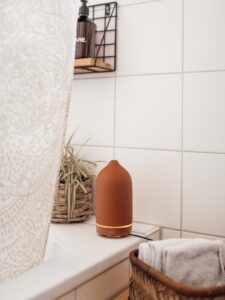 The first thing you should know is that most experts agree that essential oils should not be used in any way around babies who are younger than 3-6 months old. You should discuss the issue with their doctor before doing so even after that.
The first thing you should know is that most experts agree that essential oils should not be used in any way around babies who are younger than 3-6 months old. You should discuss the issue with their doctor before doing so even after that.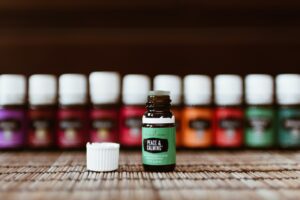
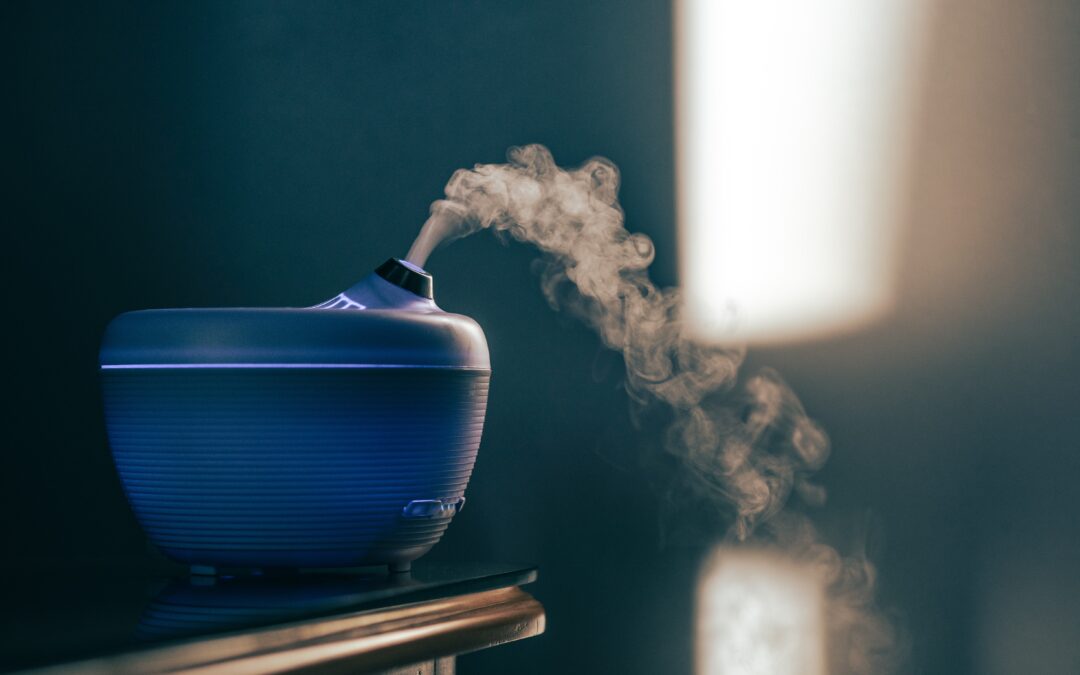
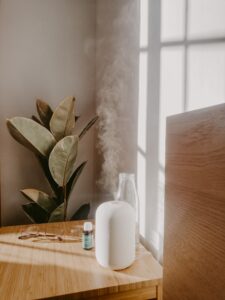 Air movement is used in evaporative dispersion to disperse the aroma of the essential oils throughout the space. A tissue or a pad with essential oils placed on it serves as a filter through which air is forced by a fan. The oil evaporates thanks to the flowing air, and the oil-laden air is then blown
Air movement is used in evaporative dispersion to disperse the aroma of the essential oils throughout the space. A tissue or a pad with essential oils placed on it serves as a filter through which air is forced by a fan. The oil evaporates thanks to the flowing air, and the oil-laden air is then blown 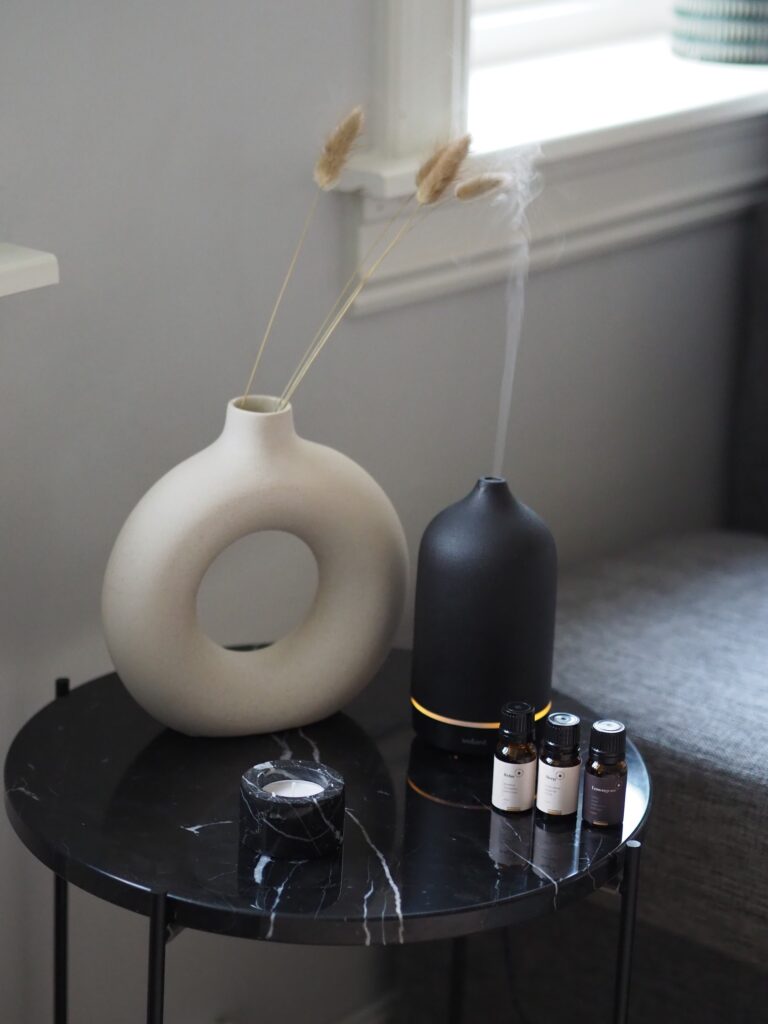
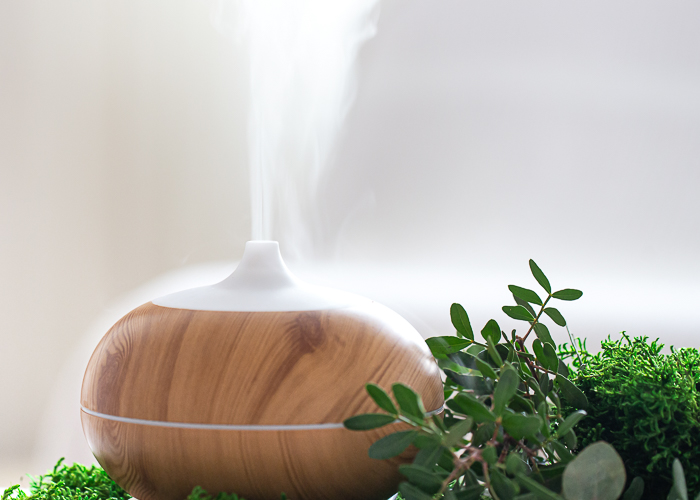
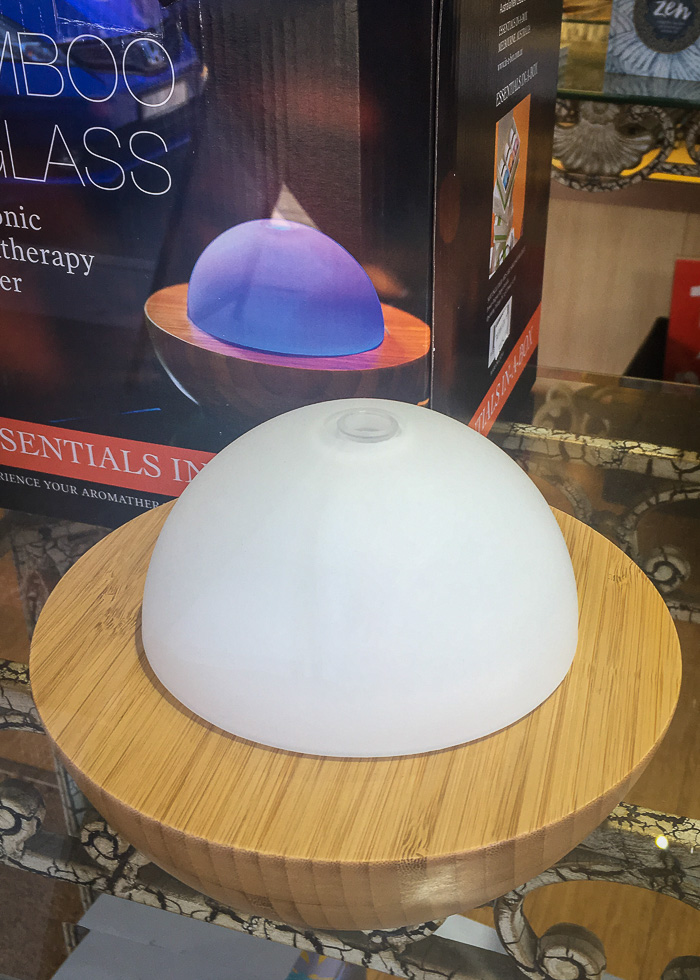 Dispelling a Myth about Essential Oil Diffusers
Dispelling a Myth about Essential Oil Diffusers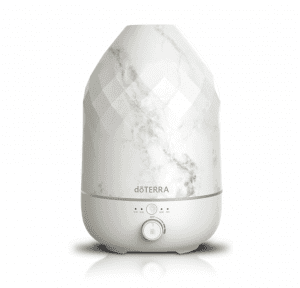 doTERRA Volo Ultrasonic Diffuser
doTERRA Volo Ultrasonic Diffuser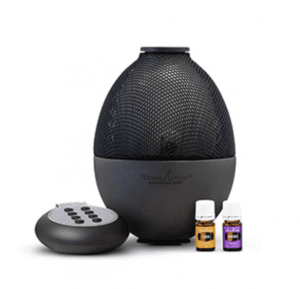
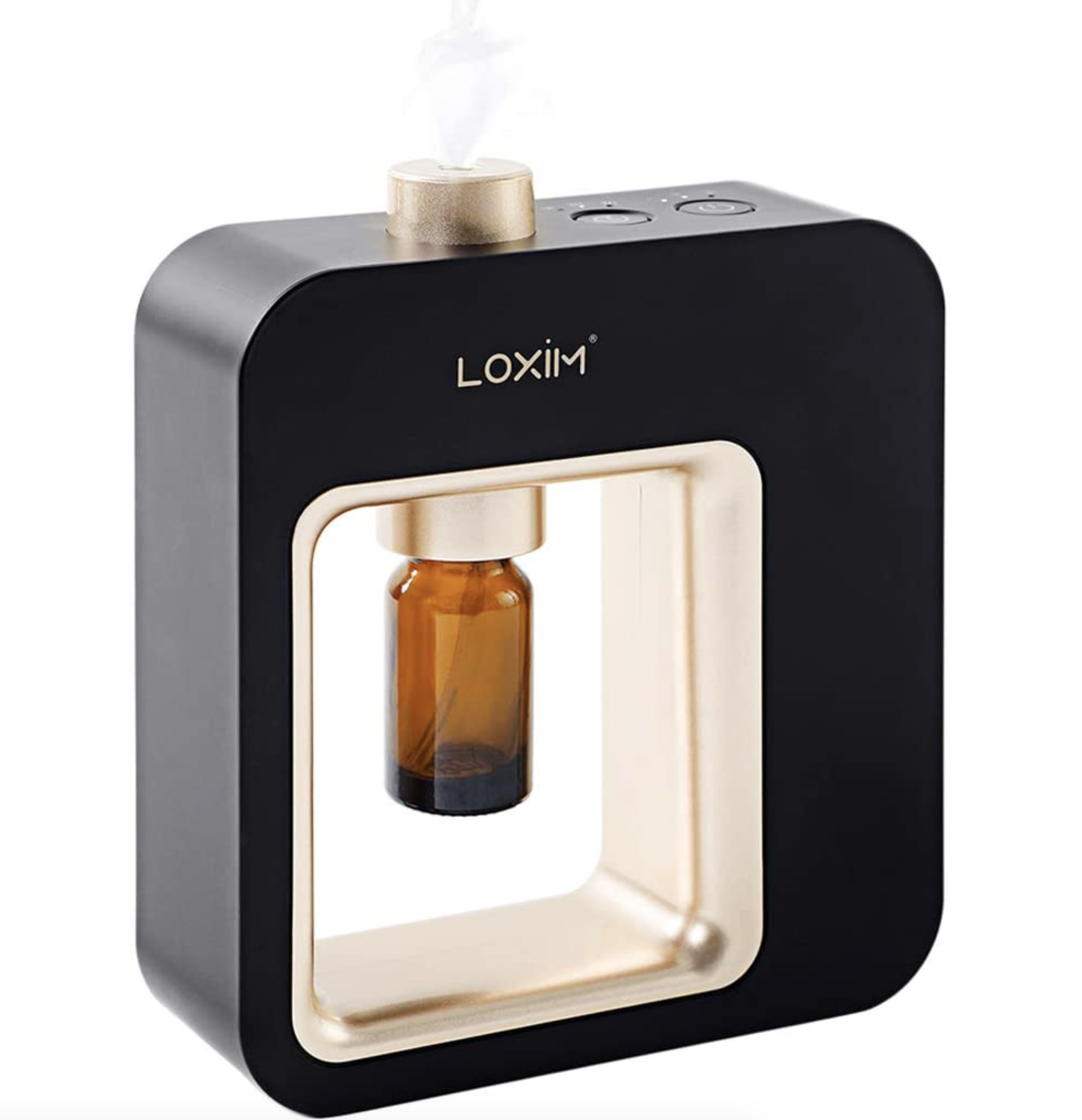
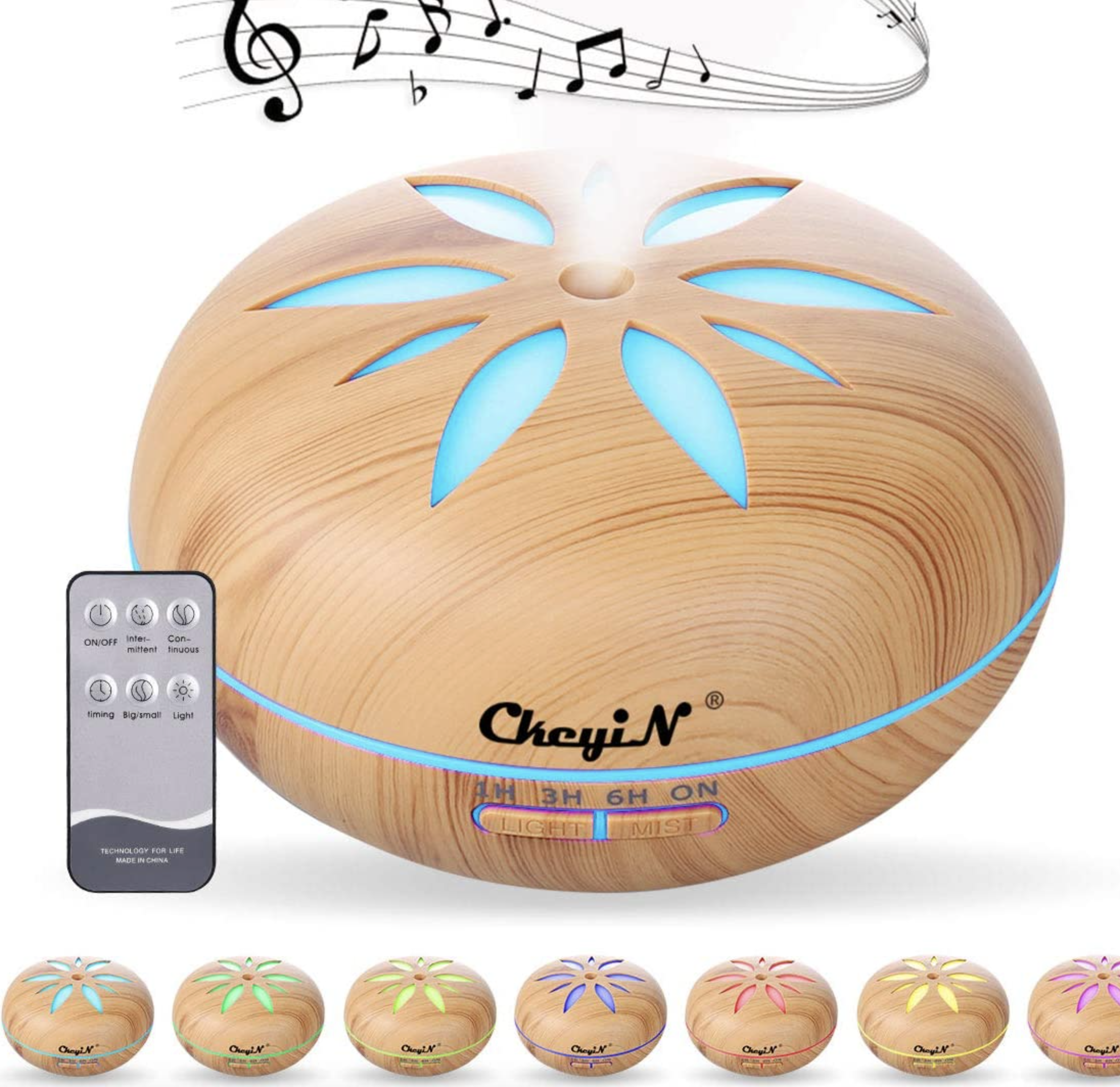
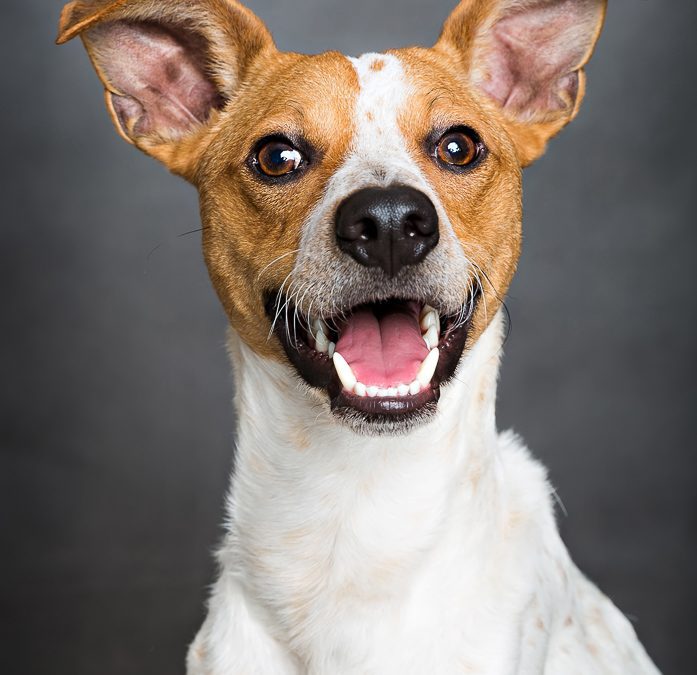
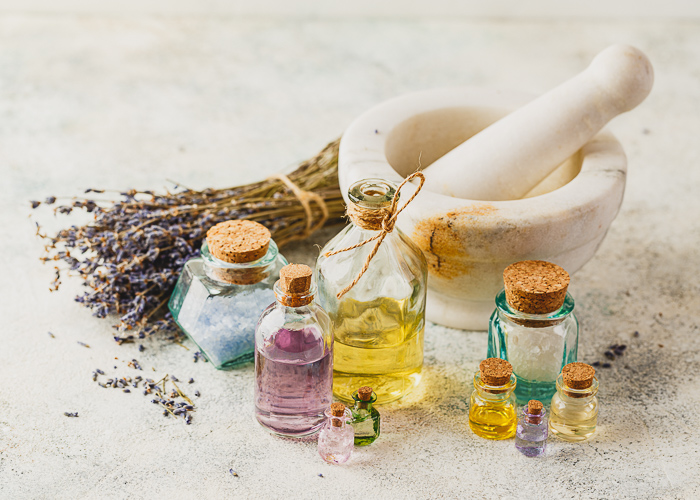 Essential Oils Explained
Essential Oils Explained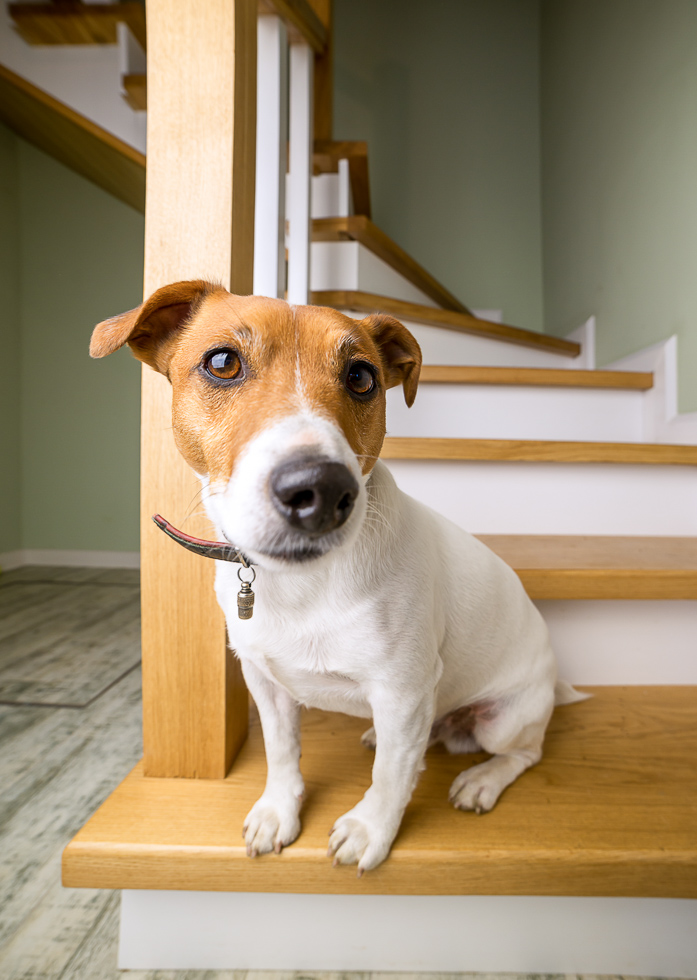 Dogs and Essential Oil Scents
Dogs and Essential Oil Scents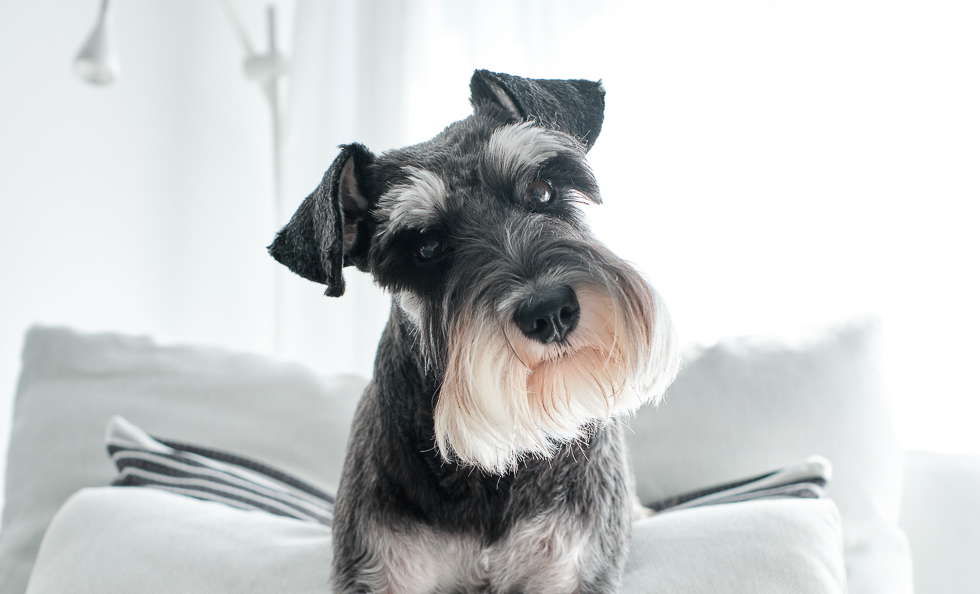 Making Use of an Essential Oil Diffuser Around Your Dog Safely
Making Use of an Essential Oil Diffuser Around Your Dog Safely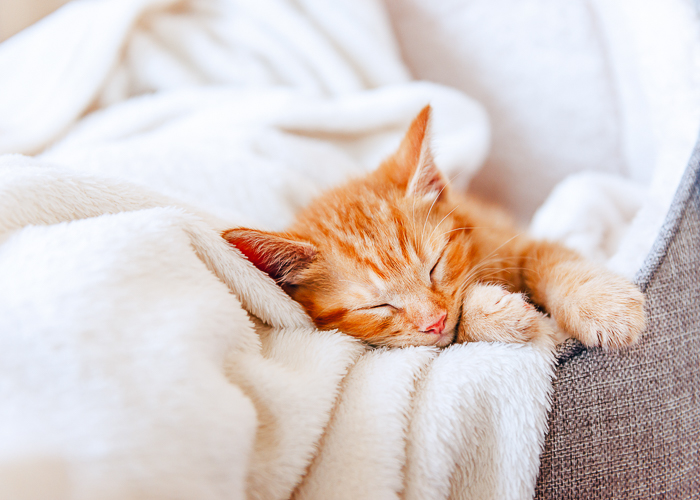
 Using Essential Oils in the Home
Using Essential Oils in the Home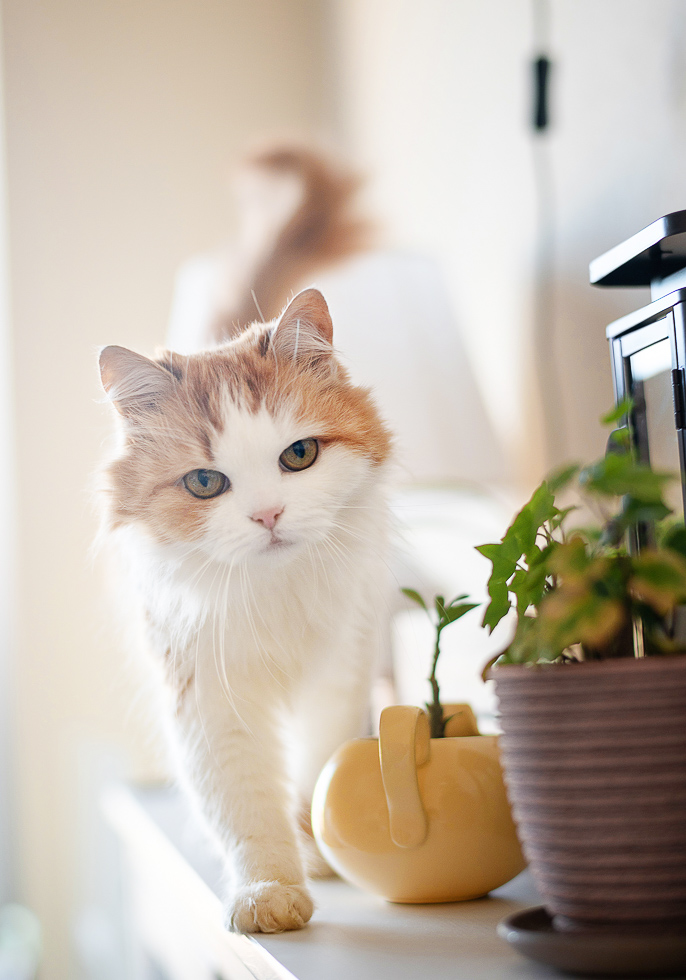
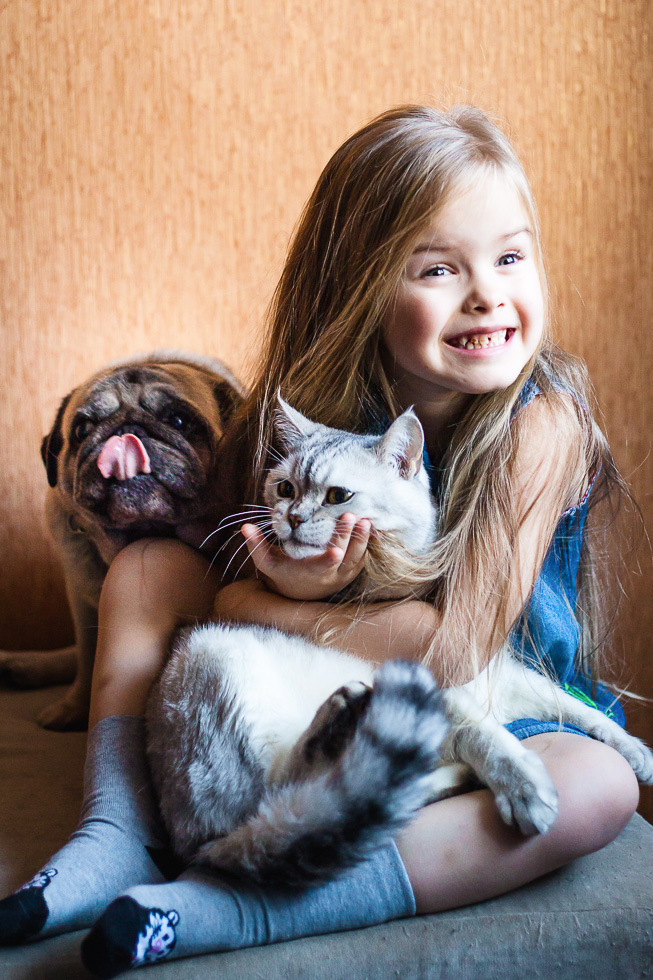 Feline Safe Aromatherapy
Feline Safe Aromatherapy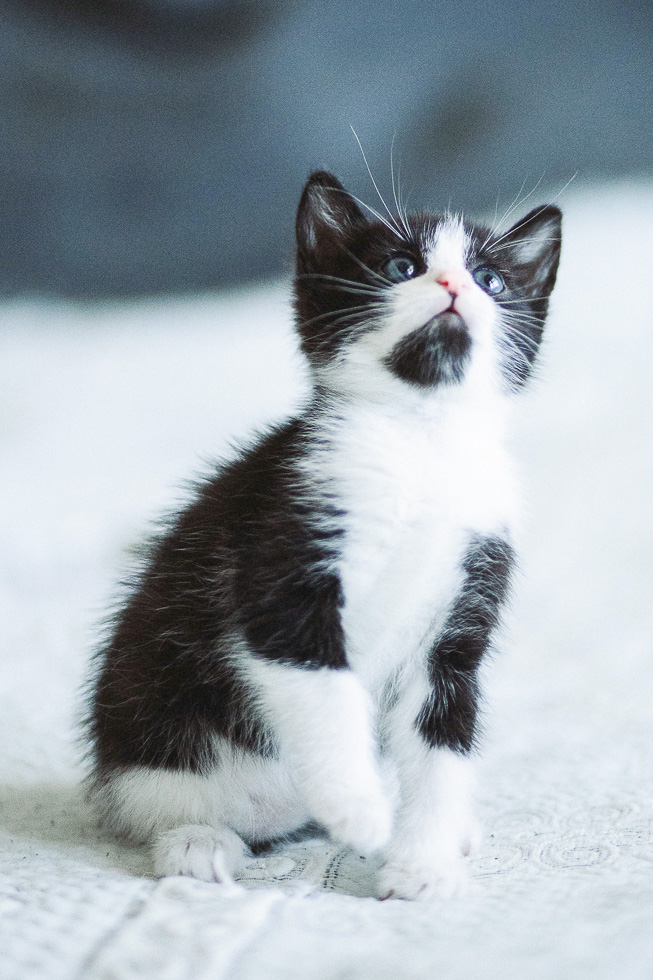
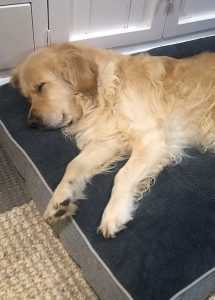 What Essential Oils are Safe for Dogs?
What Essential Oils are Safe for Dogs?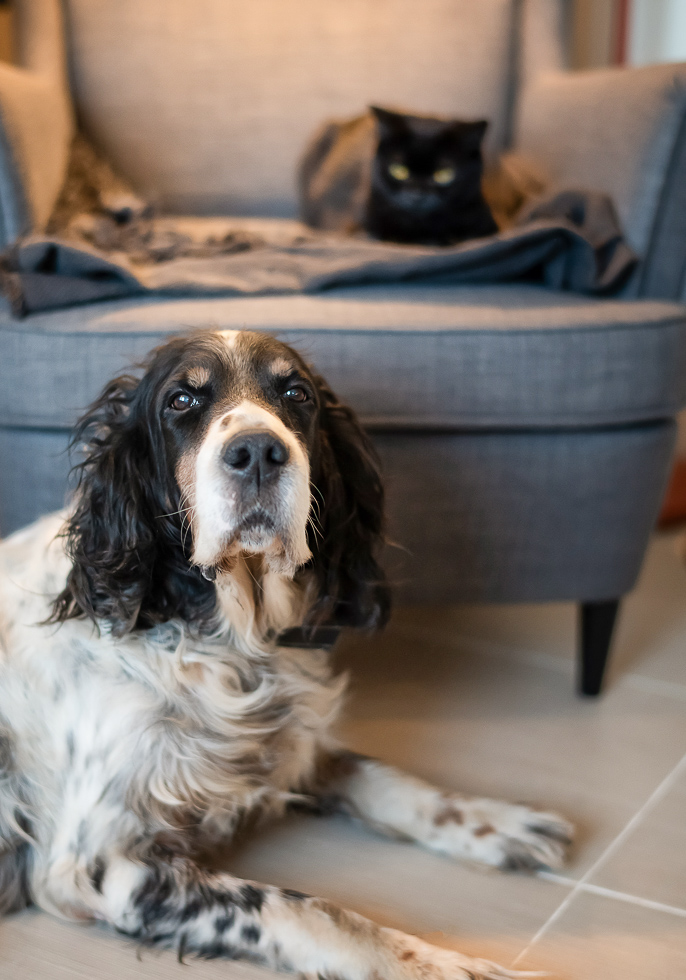 Ginger Essential Oil
Ginger Essential Oil Petitgrain Essential Oil
Petitgrain Essential Oil